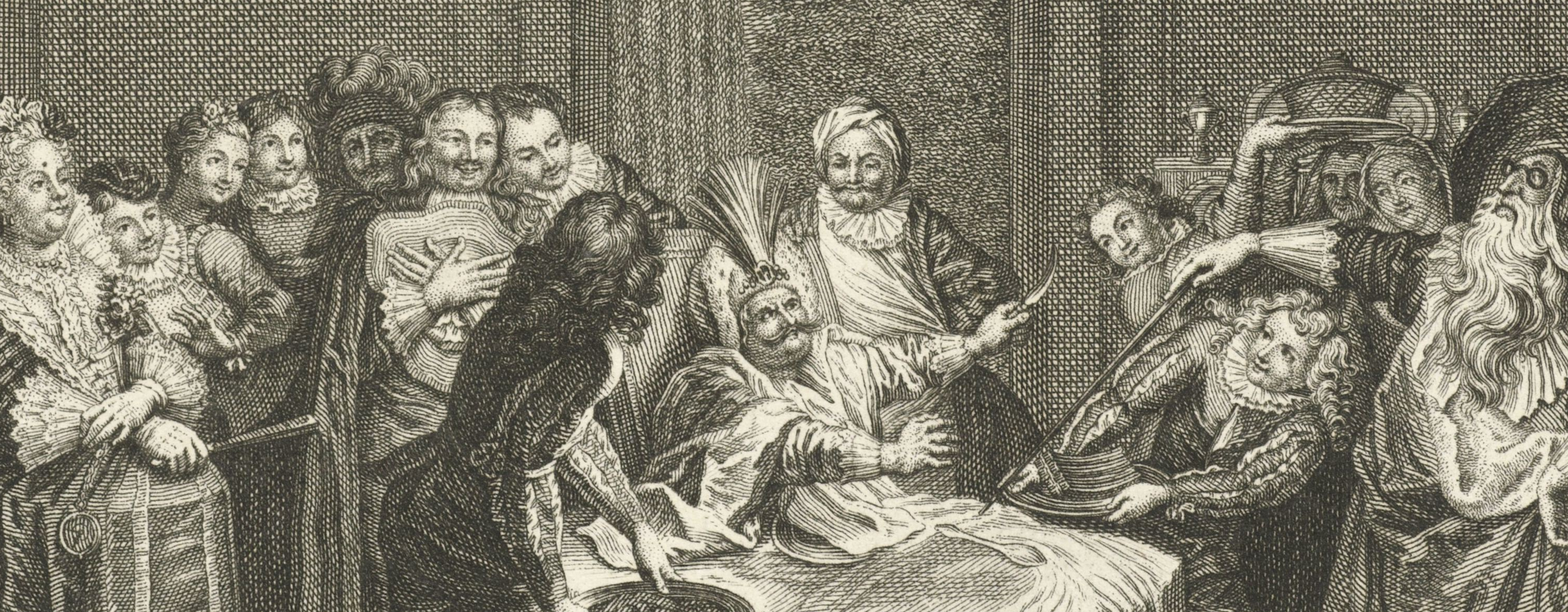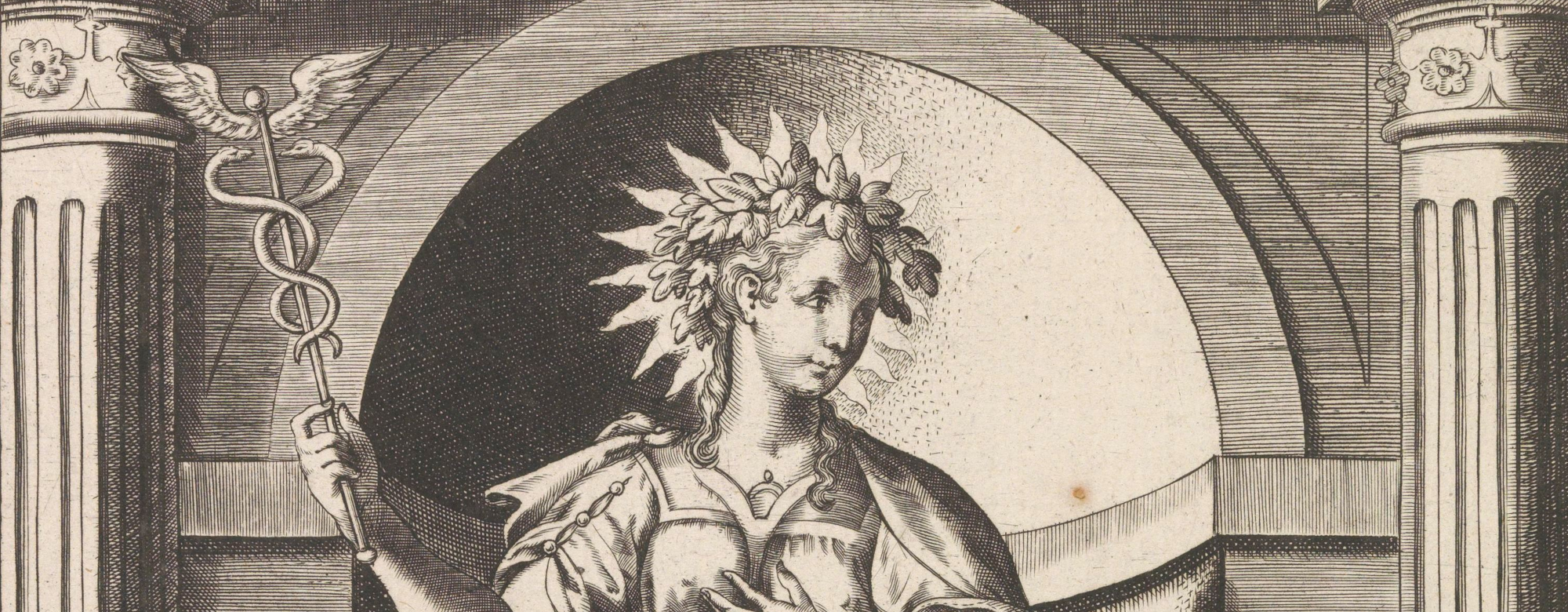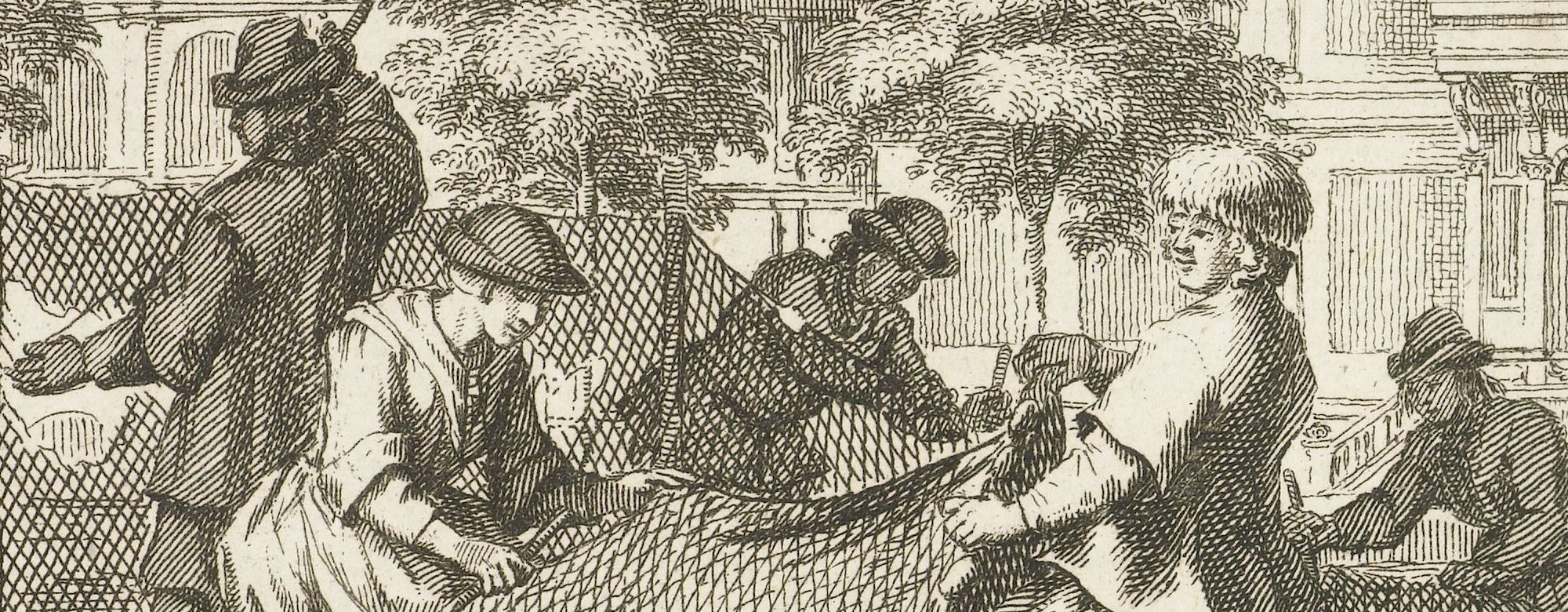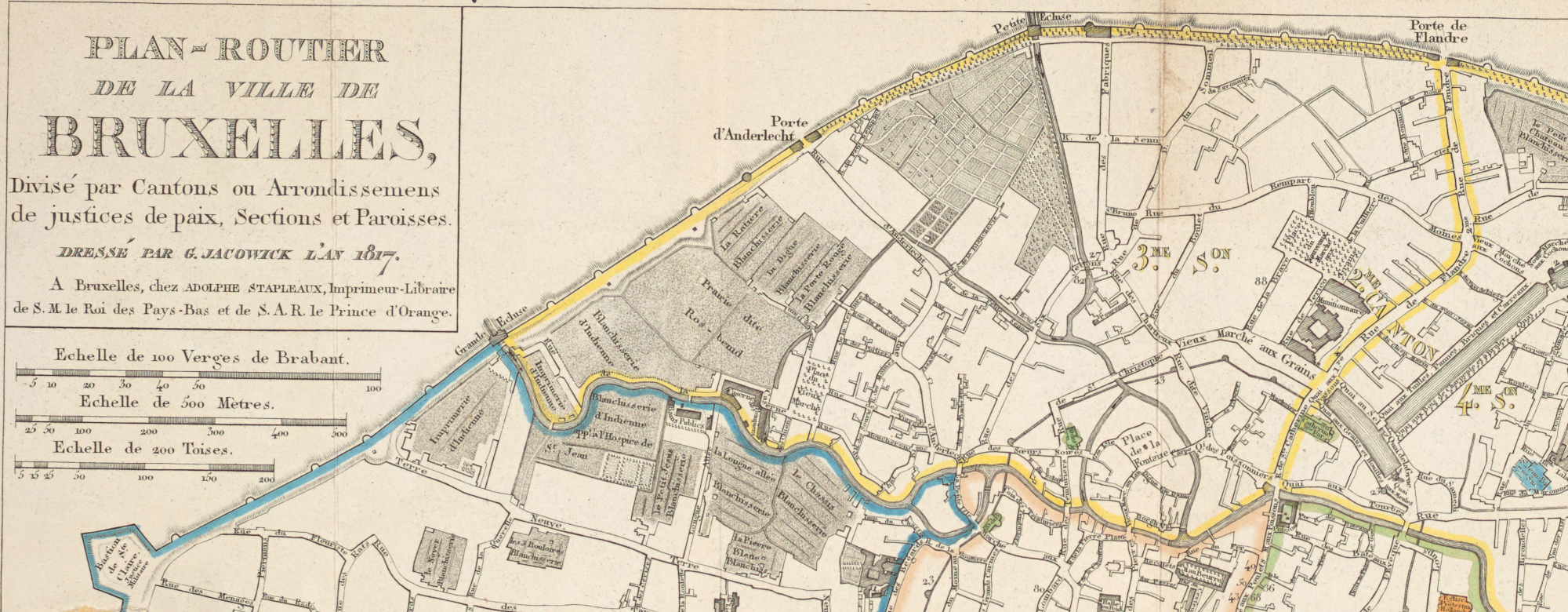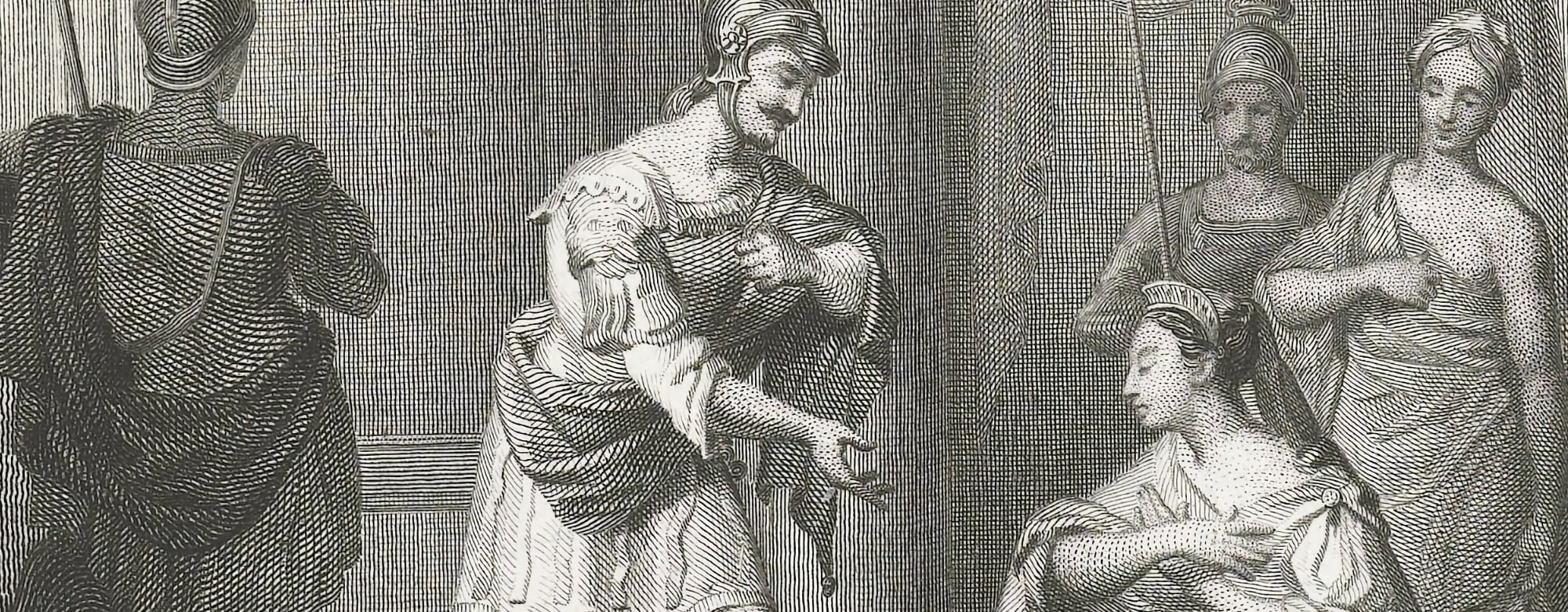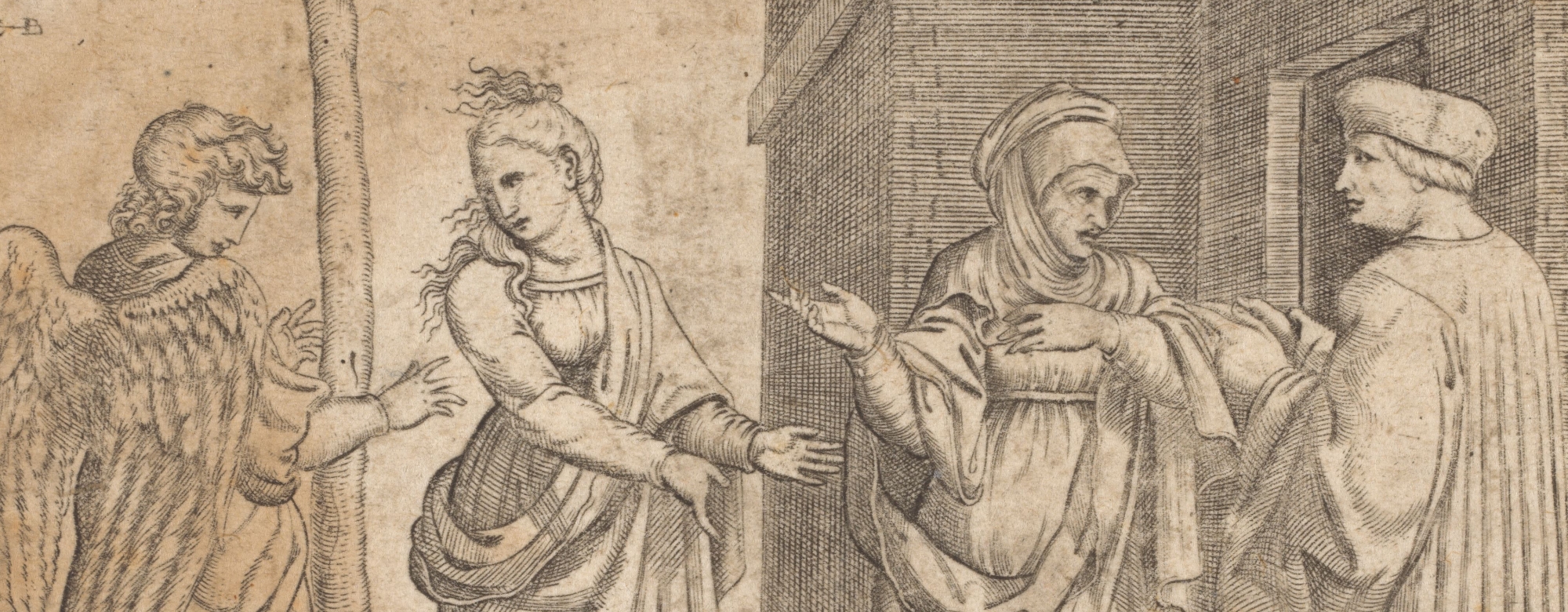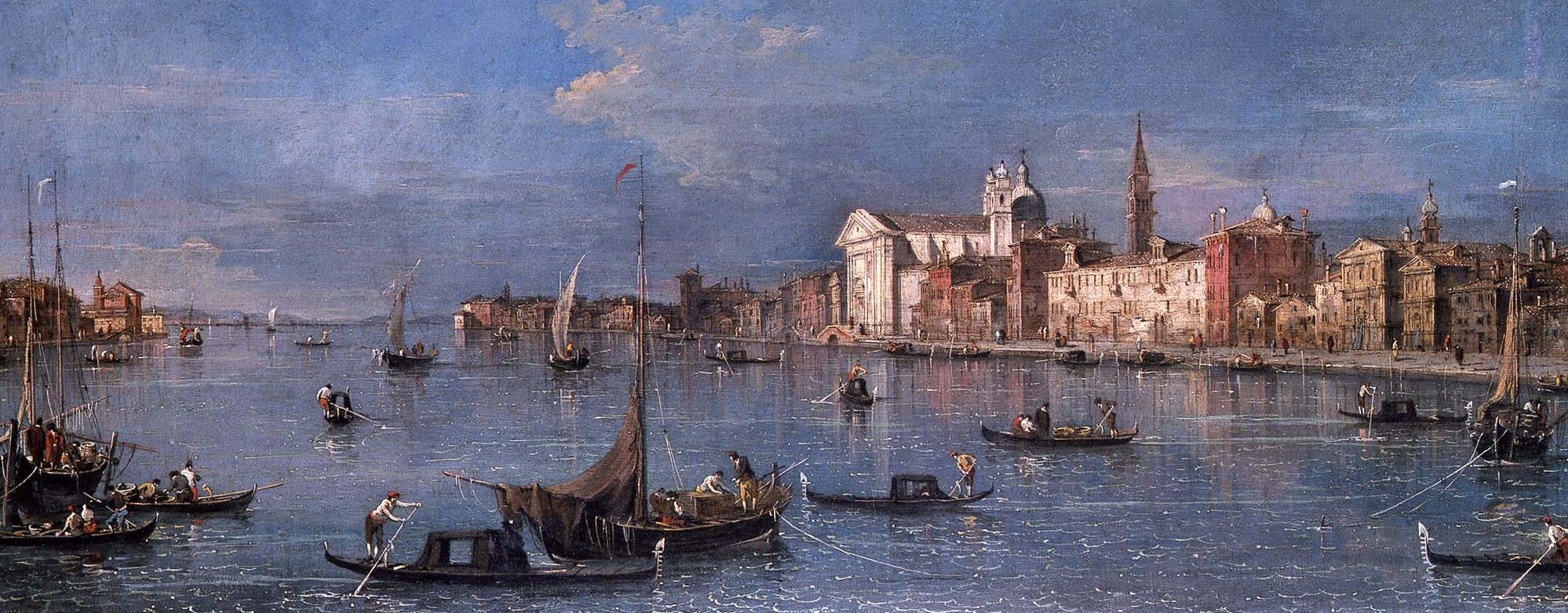This item still isn’t available in your country
Yesterday, the European Parliament voted against a review of the geo-blocking rules for audiovisual (AV) content. Parliament adopted an IMCO own-initiative report on the implementation of the 2018 Geo-blocking Regulation, but also passed a number of amendments to effectively exclude AV content from the scope of a review. While the result isn’t binding, this is […]
